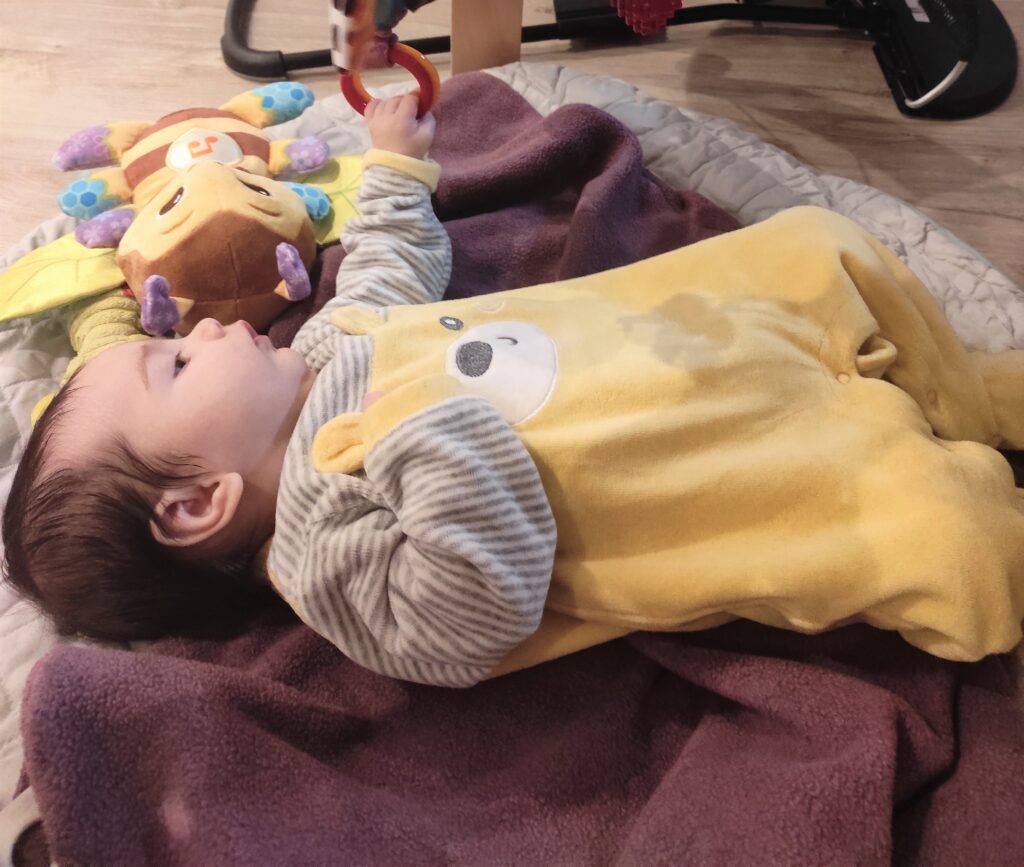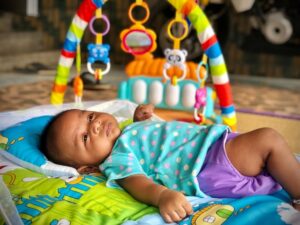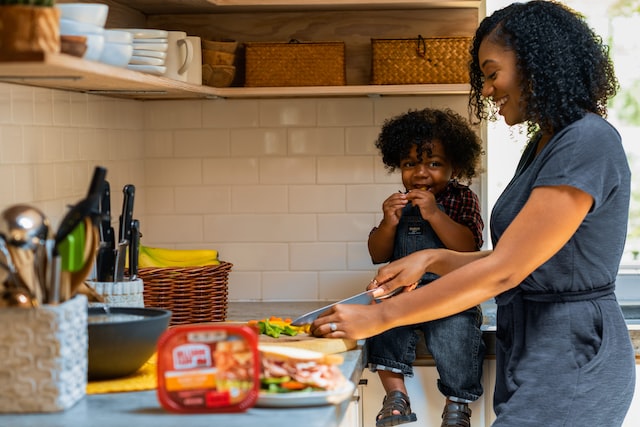In my experience as a nursery teacher, I have worked with children of different ages, especially between 12 months and five years old. Even though I love children of all ages, like most teachers, I have my preferences. I especially love working with children between 14-16 months and three years, a crucial period for the development of language and the body. Although I worked with children for years, when our Baby Z was born in October, I suddenly realized that I knew nothing about babies. To be entirely honest, I had no clue how to play with a newborn and I had to learn from scratch.
babies and their ability to focus
Initially, what surprised me the most was realizing that Baby Z could concentrate deeply! When an object, a sound or a person catches her attention, she locks her view and nothing can distract her. In the years spent observing children’s behaviour, Maria Montessori had already noticed how the ability to concentrate starts developing from a young age. Usually, it becomes visible when children engage in an activity that matches their interests and that is slightly above their ability. Specifically, enough to make it challenging without causing frustration. Moreover, the child needs to be able to engage without being interrupted for a prolonged period of time. Finally, the length of time a child can concentrate, while short at the start, keeps increasing with practice.
So, what do we learn from this on how to play with a newborn?
newborns and what they love
The world for a newborn is brand new and must feel overwhelming with its continuous whirlwind of sounds, smells and sensations. While their brain works at top speed to absorb and process it all, it seems impossible that they might be able to pause and focus on details. And yet, one of the first things I noticed during my early interaction with baby Z, was the intensity of her look towards us. To be honest, I don’t think I ever felt so much attention on me as with her. Even though she could not track us yet, if we stayed still, her eyes seemed to aim at taking in every detail of our faces. We are, after all, all she knows for now.

how to play with a newborn: tips
Noticing her interest towards our faces, we use every opportunity to interact with her. We talk, describe what we do, make funny faces, smile and sing. Now that Baby Z is nearly three months old, she tries to mimic our voices and responds in her own unique way of communicating. When we smile, she smiles back with a heart-melting, toothless smile. When we sing, she laughs with joy and makes sounds like she wanted to join in. These simple activities stimulate the development of language and her ability to communicate but are also beautiful bonding moments. To sum up, forget the toys, the best way to play with a newborn is simply interacting with them.
play gym and play mat
In the short time left between sleeping, feeding and nappy change, we offer Zara some play time on her play mat. Even though she doesn’t spend on it more than a few minutes before getting restless and demanding to be picked up, we have noticed progress happening.
Initially, not knowing what she might like, I hung different toys from the play gym: a few rings, colourful animals and a small mirror. On her side, I then opened a black and white book with different pictures. A couple of weeks ago, she started first to show interest towards the lowest ring, by hitting it with her hands. Finally, a couple of days ago, she managed to grab it for the first time. Seeing a strong interest towards that activity, I decided to remove the rest of the objects, so she could practice without distractions. I am in absolute awe of her perseverance, so little, already so determined.
movement
Even though Baby Z spends a relatively short time on the play mat, it seems to be enough to give her a chance to practice the skills she has decided to master. In the last few days, she has also decided it is time to learn how to turn and she is practising over and over again. Being on the floor is important as it gives her an opportunity to move her whole body freely and without the adults’ support/interference.
When she is on the floor, unless she gives us signs of hunger, tiredness or boredom, we let her play without interrupting. We simply sit back, observe and enjoy her determination.

